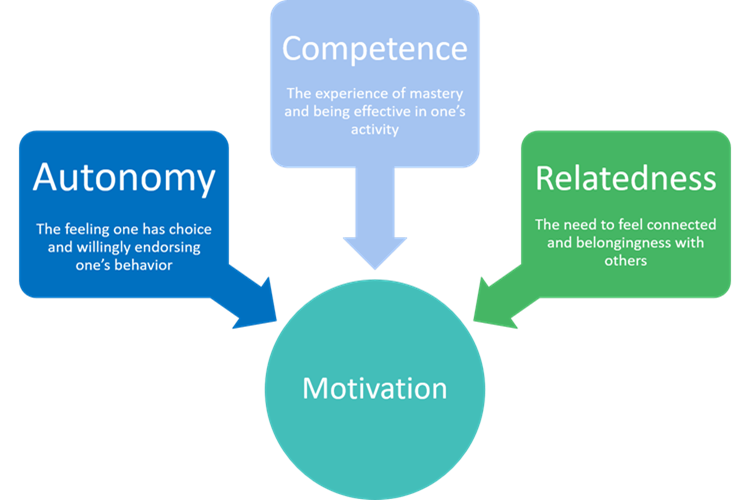
The Academy Forum provides a platform for sharing good practice in learning and teaching. The Forum is open to members of the University community: teaching staff, postgraduate tutors, support staff, and students are all welcome. All forums will be held online for the year 2020/21 and you can click here to book your place.
The Academy Forums for the year 2020/21 are:
07.10.2020 (14:00-15:30): Creating a Learning and Teaching Community
19.10.2020 (11:00-12:30): Creating Podcasts in Panopto
19.11.2020 (10:00-11:30): Why and how to help students to reflect on their learning?
30.11.2020 (14:00-15:30): Motivation strategies for Online Learning Engagement
27.01.2021 (15:00-16:30): How can I plan online and in person activities?
19.02.2021 (10:00-11:30): How can I make my teaching more inclusive?
We hope that you will be able to attend these forums. Please contact us with any questions (lteu@aber.ac.uk).


 As lecturer in learning and teaching responsible for the PGCTHE, I keep an eye out for new resources to help our staff teach effectively online. This includes externally-provided webinars, toolkits, publications and other resources. Because active learning is high on our university agenda, I’m particularly keen to share guidance for moving active learning online. Below I’ve listed items that came to my attention in the past week. In the interest of clarity, our policy is to show the titles and descriptions in the language of delivery.
As lecturer in learning and teaching responsible for the PGCTHE, I keep an eye out for new resources to help our staff teach effectively online. This includes externally-provided webinars, toolkits, publications and other resources. Because active learning is high on our university agenda, I’m particularly keen to share guidance for moving active learning online. Below I’ve listed items that came to my attention in the past week. In the interest of clarity, our policy is to show the titles and descriptions in the language of delivery. 

 Setting up sessions through MS Teams:
Setting up sessions through MS Teams: